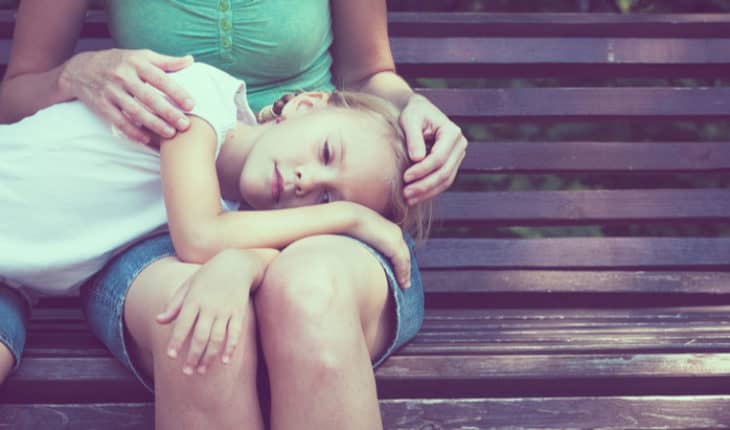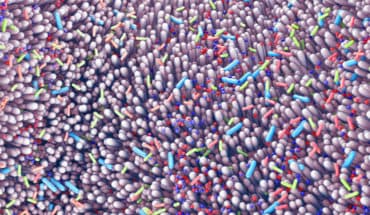New research reveals that some primary school-aged children have self-harmed, prompting calls for intervention efforts to start earlier.
Led by researchers at the University of Melbourne and the Murdoch Children’s Research Institute (MCRI), the study assessed more than 1200 children living in Melbourne, Australia, each year from age 8-9 years (wave 1) to 11-12 years (wave 4).
Data were drawn from the MCRI Childhood to Adolescence Transition Study, a longitudinal study with a broad focus on health, education and social adjustment as children make the transition from childhood to adolescence.
The recent study is published today in PLOS ONE and found three per cent of students (28/1059) reported self-harm in grade 6, at age 11 and 12 years. Of those who self-harmed, two thirds (64.3 per cent) were females and one third (35.7 per cent) were males.
In the first three waves of the study (grades 3-5), predictors of future self-harm in grade 6 included persistent symptoms of depression or anxiety, bullying and alcohol consumption.
In the more recent survey (wave 4), associations with self-harm were having few friends, poor emotional control, engaging in anti-social behaviour and being in mid-late puberty.
Participants who reported having few friends, and those who had experienced bullying victimisation, were seven and 24 times more likely to have self-harmed at age 11-12 years, respectively.
In terms of mental health, participants who self-harmed were also more than seven times more likely to report depressive symptoms and five times more likely to report anxiety than their peers who had not self-harmed.
Lead researcher Dr Rohan Borschmann said the findings suggested that mental health, puberty and peer relationships were most strongly associated with self-harm among primary school-aged children.
“Previous studies have focused specifically on children who have sought treatment for mental health problems, or focused on adolescents and young people,” Dr Borschmann said.
“Ours is the first study to estimate the prevalence of self-harm among primary school-aged children in the general community, and it sheds light on the impact of peer relationship (including bullying), mental health problems, and puberty on children.
“The transition from childhood to adolescence is a critical time for kids and challenging experiences can have a huge impact on their self-esteem and friendships during this development phase.”
Senior author Professor George Patton said the study highlighted the importance of early intervention strategies being introduced in primary school.
“These days many high schools participate in mental health and resilience programs, but our research shows that prevention strategies are needed much earlier,” Professor Patton said.
“Promoting and nurturing better relationships with other students is also particularly important.”
The researchers note that the sample was slightly skewed towards higher socioeconomic status and had a higher percentage of participants who identified as Indigenous than the general Australian population.
- Gut microbiome could delay onset of type 1 diabetes - 3rd April 2025
- The da Vinci 5 Robot Is Set To Transform Bariatric Care: - 31st March 2025
- Beyond money: the hidden drivers fuelling child food insecurity - 31st March 2025






